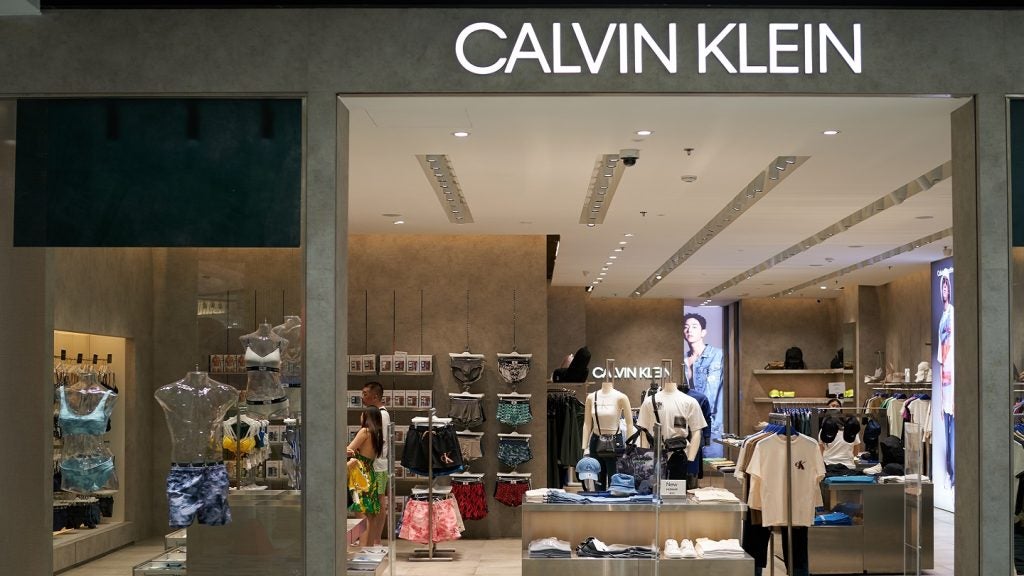The coalition, supported by over 50 organisations from natural fibre and environmental sectors, is pressing for more accurate and reliable sustainability data within the fashion and textile industries.
Better Cotton policy and advocacy manager Hélène Bohyn explained: “Make the Label Count is an incredibly important movement. EU regulators are shaping the future of the fashion and textile sectors as we speak. The methodology they adopt will play the hugely important role of telling the story of sustainability progress across our industry and beyond and will be critical to eradicating greenwashing.”
What is PEF methodology?
The European Commission has established the PEF initiative to standardise the evaluation and disclosure of product and organisational sustainability within the EU market.
This system uses 16 indicators that encompass a range of environmental impacts, consumption of resources, and toxicity risks to both humans and ecosystems.
To calculate an overarching PEF score, these various impacts are normalised, assigned weights, and then aggregated.
The rationale behind implementing a unified PEF methodology is threefold: it aims to diminish costs for companies by simplifying compliance with multiple frameworks, facilitate the trade of eco-friendly goods across EU borders, and strengthen consumer trust in environmental labels.
Critical issues that need addressing
- The PEF framework should account for microplastic impacts to align with EU policies and uphold the precautionary principle
- It should incorporate a specific indicator for plastic waste management in accordance with EU directives on this issue
- To mirror the objectives of the Circular Economy Action Plan (CEAP), the inclusion of a circularity indicator is essential in the PEF system.
According to MTLC, the PEF framework in its current structure is not fully aligned with EU sustainability strategies and may inadvertently compromise sustainability goals if left unmodified.
The system's intent to enable direct comparisons between products falls short when evaluating textiles derived from natural versus synthetic sources due to an incomplete consideration of all environmental effects, particularly those stemming from fossil fuel use.
With synthetic fibre production on the rise, linked to the proliferation of fast fashion, addressing this issue remains paramount for industry sustainability. Without a recalibrated PEF standard, there is a risk that EU-endorsed labels might perpetuate resource overconsumption under a misleading guise of sustainability.
MTLC has members including International Cotton Association and the National Cotton Council of America among others, champions accurate, transparent, and reliable sustainability data within the fashion and textile industries.
Make The Label Count co-spokesperson Elke Hortmeyer said: “We’ve had major advancements in research and knowledge around the environmental impacts of the textile industry, but these aren’t included in the current methodology. Current methodology does not adequately consider microplastic release, biodegradability nor renewability, which are the areas where natural fibres really shine.”
MTLC notes that the current shortcomings within the PEF framework must be resolved to enable accurate evaluations between items produced from renewable resources and those derived from non-renewable sources.
Neglecting to rectify these issues could result in solidifying a system that undermines the environmental objectives of the EU and overlooks chances to advance towards a circular economy, it added.
Recently, Better Cotton partnered with The Cotton Textiles Export Promotion Council (TEXPROCIL) to elevate the global profile of Indian home-grown, high-quality cotton.














